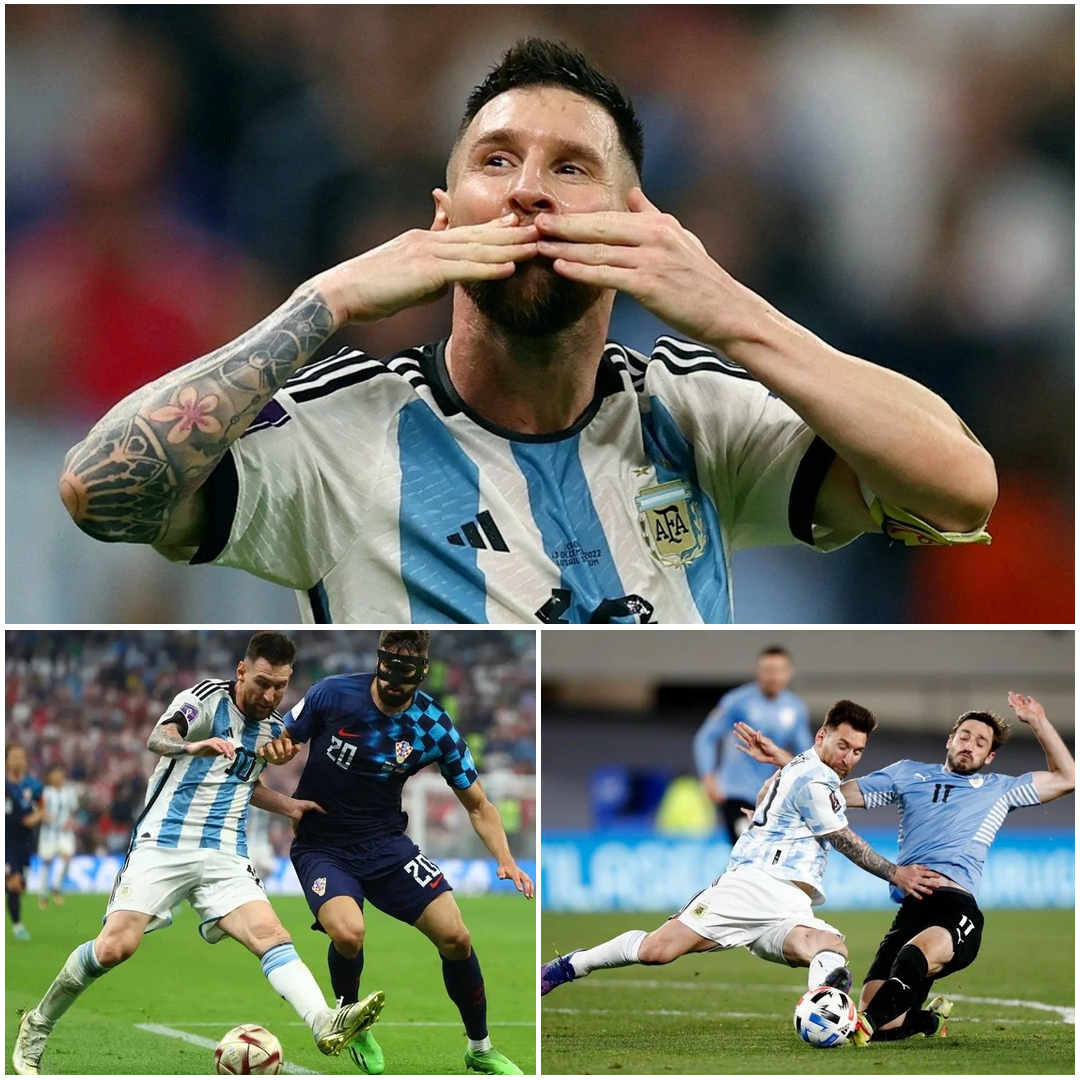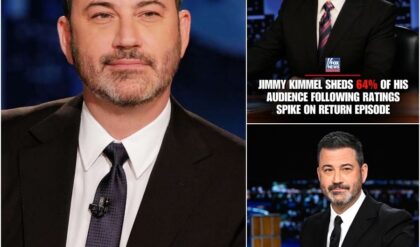At the age of 35, with physical strength not equal to many other players, Messi still gives opposing defenders headaches with his movements and analysis of the game.
Many experts consider Messi to be the best player in the world. Photo: Reuters.
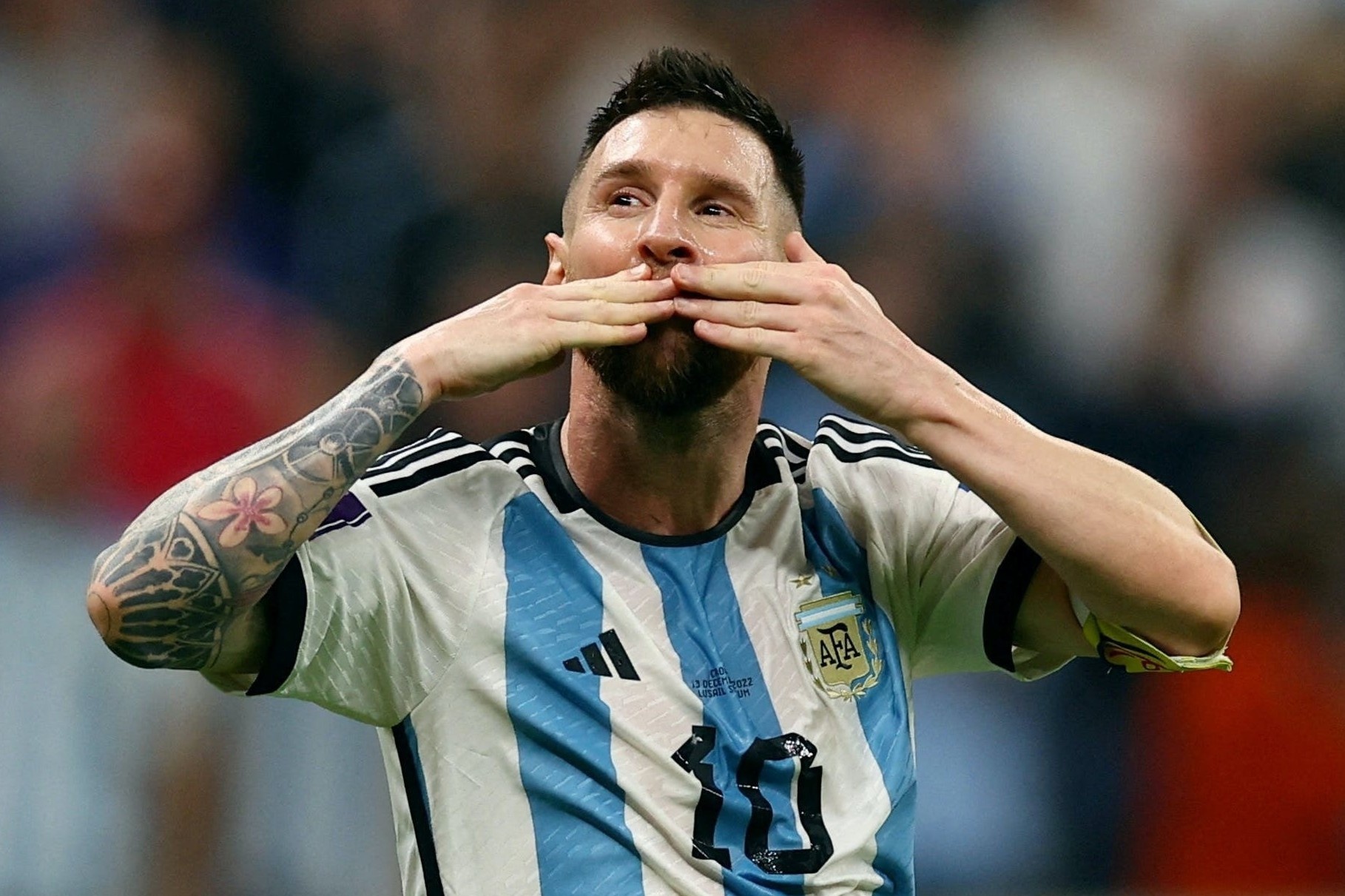
 Many experts consider Messi to be the best player in the world. Photo: Reuters .
Many experts consider Messi to be the best player in the world. Photo: Reuters .
ITV commentator Sam Matterface has called Lionel Messi’s body and brain “a maze of magic.” Football fans watched as the 35-year-old took down one of the best defenders at the World Cup, Josko Gvardiol, to set up Argentina’s 3-0 win over Croatia in the semi-final on December 14.
Physical Disadvantage Becomes an Advantage
The Croatian centre-back is 15 years younger than Messi. At 185cm, Gvardiol is 16cm taller than Messi. Gvardiol weighs over 80kg, 7kg more than Messi.
So how did the older, smaller man get ahead in a one-on-one duel that started just inside Croatia’s half, continued all the way to the touchline before delivering the perfect cut for Julian Alvarez to score his second of the night?
“It’s not about speed. It’s about slowing down and accelerating. Gvardiol thought he had Messi on the end but the Argentine got past him. Gvardiol got Messi on the end but Messi got past him. So it was Messi playing at breakneck speed and giving Alvarez a great chance to score,” said Lee Dixon, the former England full-back.
“It was genius. It was that simple. It was that final push of the shoulder to change direction – something that completely threw Gvardiol off balance and made it difficult to catch up,” concluded Scotland striker Ally McCoist.
Gvardiol had a hard time stopping Messi even though the Argentine player was at a physical disadvantage. Photo: Reuters.
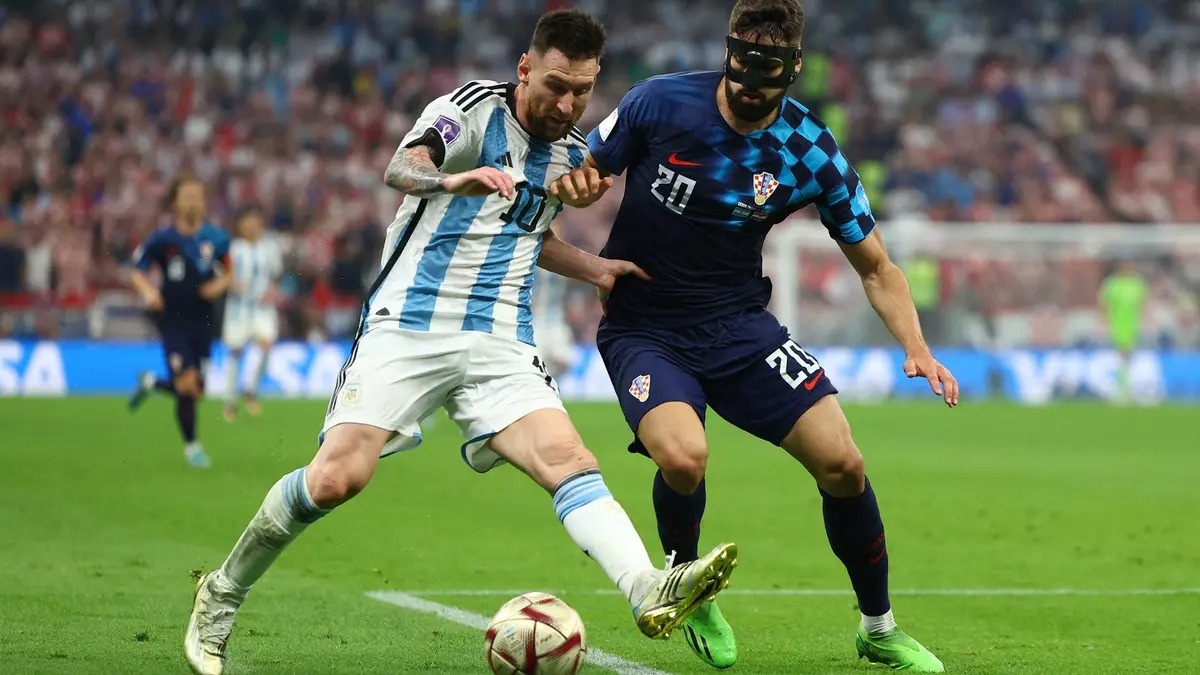

Gvardiol had a hard time stopping Messi even though the Argentine player was at a physical disadvantage. Photo: Reuters .
With the physical disadvantages he faces in disputes like the one with Gvardiol, Messi reminds the world that even now, in the final years of his career, he still has explosive speed, hips that can twist and turn at high altitude, speed, grace, size 8 feet that can make him as elusive as Floyd Mayweather – the most talented boxer of all time.
“Messi is made to change direction,” said Jonas Dodoo, head coach at Speedworks Training.
Dodoo is a former track and field sprint coach who now advises the Football Association, the Rugby Football Union and professional clubs across the Premier League, Bundesliga, NFL and Major League Baseball.
“Messi is built to do that, anatomically. He has a long body and short legs, which is good for a quick style of play,” Dodoo said of Messi’s ability to beat defenders.
Former Stoke City defender Danny Higginbotham said taller defenders like Gvardiol find it difficult to deal with that agility.
“A defender usually closes down and makes the opponent move in the direction they want,” Higginbotham explains. “But Messi changes speed and direction at an incredible rate. He can block the ball so quickly that he then blocks the defender like a defender, and when the opponent stops, Messi goes past.”
It is difficult for a tall person like Gvardiol to take advantage of his physical strength when competing for the ball with Messi because Gvardiol has to slow down when Messi slows down. But at the moment when he thinks he has locked Messi down, he changes direction and in that split second is able to go far away. That change of direction makes it difficult for Gvardiol. Messi’s small body means that his center of gravity is better, making it easier to turn more times.
Danny Higginbotham has first-hand experience of dealing with a player with such a difficult movement. In the summer of 2007, Stoke played Real Madrid in a pre-season friendly, with Higginbotham pitted against Spanish striker Raul.
Higginbotham said Raul was not the fastest or the fittest player, but he was definitely a player who would score or assist. The former player once asked himself what helped Raul do that.
“I spent 70 minutes marking Raul and it was ridiculous. You would take your eyes off him for a split second to see the play, come back and he was gone. I didn’t know where he was. I’ve never felt so uncomfortable on the pitch as I did when I was marking him,” Higginbotham explained.
Messi’s low center of gravity helps him twist and turn more easily. Photo: Reuters.

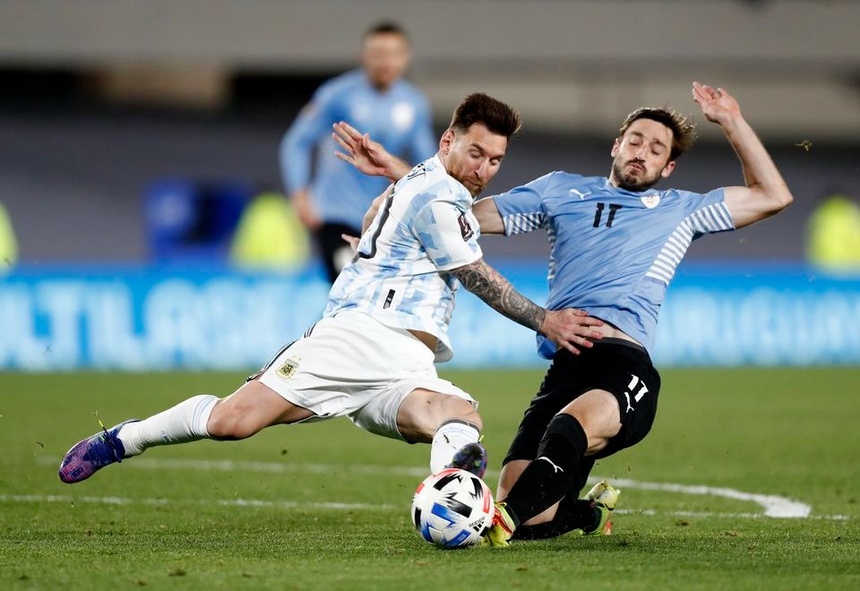 Messi’s low center of gravity helps him twist and turn more easily. Photo: Reuters .
Messi’s low center of gravity helps him twist and turn more easily. Photo: Reuters .
Dodoo agrees that Messi’s low center of gravity is a plus. Not only does it help him twist and turn more easily, it also makes him “harder to knock over.” Physically, Dodoo says, the Argentina captain also has “a great braking system.” This allows Messi to stop as quickly as possible.
“Many of Messi’s zigzags are a combination of running, stopping, running again. This requires great braking power as well as sprinting ability,” Dodoo explains.
The brain analyzes the game and makes quick judgments
However, Dodoo asserts that Messi’s hardware is only part of the equation that makes him the best player in the world. When considering power, speed, and intense challenges, experts always talk about both software and hardware. Hardware is very much related to muscles, joints, and physical characteristics. Software is the perception, actions, and decision-making of the brain.
Dodoo admits that software is what often gives Messi the edge over those who should be physically better than him.
“He is very good at combining his quick observation to anticipate and react to the micro-movements of his opponents,” Dodoo said. “He often glides past defenders at sub-maximum speed, luring them in and then accelerating away once they have fallen into the trap.”
The nervous system is the third part of this equation, and Dodoo explains it’s essentially what connects a player’s software to their hardware.
For former Spain national team coach Robert Moreno, who worked with Messi for three years as assistant to Barcelona head coach Luis Enrique, it is this that puts Messi on another level compared to his opponent, regardless of whether they may have more physical advantages.
“He’s like The Matrix. Remember the scene where the character is moving his body and all the bullets are flying in slow motion? For me, Messi plays like that. Everything is happening in his mind slower than what’s happening in the rest of the world,” Moreno told The Athletic .
That’s why Messi surpassed Gvardiol, making the Croatian defender feel like a child playing football with an adult. Messi did the same thing in the past with Jerome Boateng in the Champions League (when Barcelona beat Bayern Munich 3-0 in the first leg of the 2014-2015 semi-final).
“It’s because he thinks faster than the rest. And he can do what he thinks. I’m not a professional player but sometimes, when you play, you think you can do something and you can’t. Messi is different. He has the ability, he has the coordination, the flexibility to move his body wherever he wants. And that means he can do what we saw in the situation with Gvardiol,” Moreno analyzed.
So when Messi is in a one-on-one situation with a defender, even though that defender may know what the Argentine is going to do, they cannot stop it.
Moreno says this is illustrated by the famous connection between Spanish left-back Jordi Alba and Messi when they were team-mates at Barcelona. Messi receives the ball in the final third on the right wing, he dribbles, Alba runs into the space and Messi places the ball there. Then Alba crosses. Everyone knows they are going to do it but no one can stop it. Football is a game where players know what they need to do, but the important thing is to do it as quickly as possible.
It’s the same with other players. Defenders know that Kylian Mbappe (France) plays like that but he does it so quickly that defenders have a hard time stopping him.
“It’s the same with Messi but more difficult. Defenders can predict whether Mbappe will run to the right or left and try to stop him. But it’s hard for them to predict what Messi will do. He can go left, right, in behind, pass the ball… Messi has so many options to choose from and execute them so quickly that it’s impossible to stop him,” Moreno explained.
What’s more, Messi combines that acceleration with moving slower than many other players.
Messi walks, observes, and analyzes the match. Photo: Reuters.
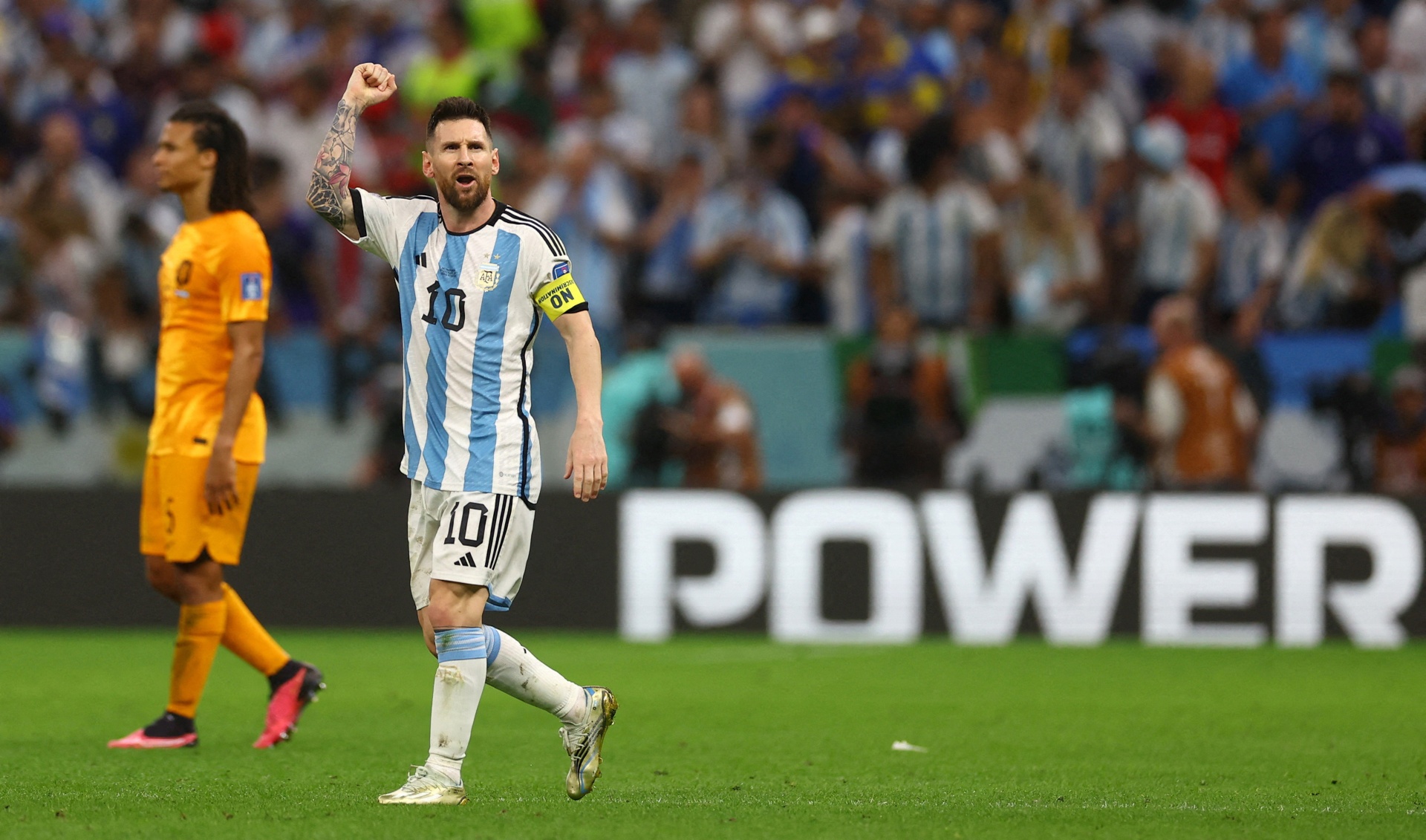
 Messi walks, observes, and analyzes the match. Photo: Reuters .
Messi walks, observes, and analyzes the match. Photo: Reuters .
Earlier in the tournament, The Athletic reported that Messi walked more than any other player in the first round of group matches. In the semi-final against Croatia, of Argentina’s 10 starters, only Leandro Paredes ran less than Messi (Paredes left the pitch with more than 30 minutes left).
In the match against Croatia, more than half of the total metres Messi ran fell within “zone 1” effort – FIFA’s classification based on the speed between standing still and moving at 7 km/h.
“Messi does this because he knows he is 35 years old and cannot repeat the high-effort actions of the past. So he walks, waits for the right moment to receive the ball and pass or perform an action that will lead to a goal-scoring opportunity,” Moreno said.
Moreno added that even though Messi appears to be walking, he always turns around and analyzes what is going on. During a match, the Argentine striker analyzes all the opponents in front of him, trying to find their weaknesses. He believes that other players cannot do that.
And it is this process that Higginbotham calls Messi’s true “genius.”
“We all know how good he is with the ball but what’s equally important is what he does before he receives the ball. Look at the times he receives the ball and the areas he receives it in. He positions himself so that with the first touch he can turn and immediately go straight at the opponent,” Higginbotham said.
People often think that when Argentina don’t have the ball, Messi just wanders around. That’s true, but Messi looks at the game and figures out the best position for himself when Argentina win the ball back so he can put the ball into space where the defender doesn’t want to foul but he has enough space to turn and run into the opposition half.
“A lot of the decisions Messi makes without the ball help him play better with the ball. Messi’s football intelligence is the key,” Moreno explained.
Moreno says it’s different from the intelligence that ‘normal’ people have. It’s knowledge that you can’t explain. Players can do things but they can’t explain them. Messi is the ultimate expression of that. He finds solutions that ordinary people can’t find.
“We can talk about physique, technique… everything. Messi is an incredible player, but the difference for me is the way he can analyze football when he is in the game. As a coach, it is easy to analyze from the outside, sitting in a room with a computer. But he does it in the game. This is one of the big differences for me to consider him the best player in history,” said Moreno.
Perhaps it is this obvious footballing intelligence, combined with his stature, that can cause people to overlook Messi’s physical attributes.
Last year, during the European Championship, Yaya Toure, former Manchester City midfielder, wrote an article analyzing the advantages of players using their buttocks and hips to protect the ball from opponents, making it difficult for opponents to get the ball, giving them more space to wriggle and escape from tight marking situations.
“I played with Lionel Messi. There was almost always someone on Messi when he tried to dribble but Messi always managed to get out of the tackle,” Toure wrote.
Messi has clearly learned to make the most of what he has physically. But while Moreno accepts that without being strong you cannot be “the best player in history”, the former Spain coach admits that for Messi, physicality is not the most important thing. There are many people who have the same physique as Messi, or even better. However, the difference lies in the way football is viewed in the game.
It is this “magic” that allows Messi, at 35, to leave talented 20-year-old defenders wondering what the hell just happened on the biggest stages.

